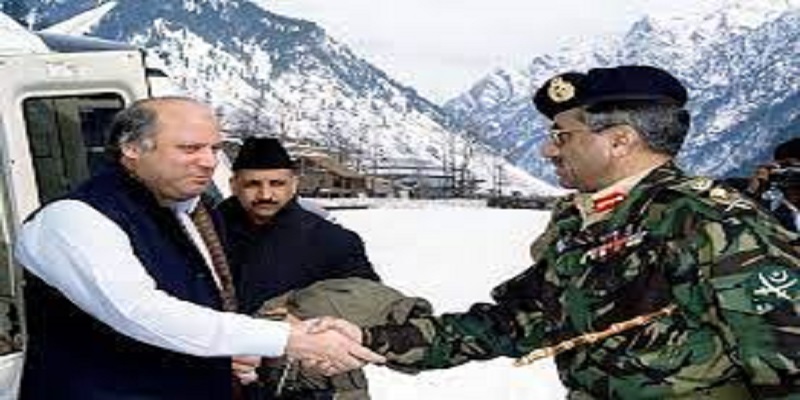Nawaz Sharif's Second Term
As of my last knowledge update in January 2022, Nawaz Sharif's second term as the Prime Minister of Pakistan occurred from 1997 to 1999. Please note that there might have been developments or changes since then. I'll provide an overview of Nawaz Sharif's second regime based on the information available up to that point.
Nawaz Sharif, the leader of the Pakistan Muslim League (PML-N), won the 1997 general elections with a significant mandate. The elections were held amid allegations of pre-poll rigging, and Sharif's party secured a two-thirds majority in the National Assembly, allowing him to form a stable government.During his second term, Sharif continued to focus on economic reforms. His government implemented a series of economic measures, known as the "structural adjustment program," in collaboration with the International Monetary Fund (IMF). The reforms aimed at stabilizing the economy, reducing fiscal deficits, and promoting privatization of state-owned enterprises. While these measures brought some short-term economic stability, they also faced criticism for their impact on the common citizens, particularly in terms of rising inflation and unemployment.
One of the most significant events during Nawaz Sharif's second term was the series of nuclear tests conducted in May 1998. Responding to India's nuclear tests, Pakistan, under Sharif's leadership, conducted its own tests. The move was met with both international condemnation and domestic applause. The nuclear tests solidified Pakistan's position as a nuclear-armed state but also led to increased tensions in the region.
The Kargil conflict in 1999 was a major turning point during Nawaz Sharif's second term. It was a military conflict between India and Pakistan in the Kargil district of Jammu and Kashmir. The conflict escalated to a point where it threatened to escalate into a full-scale war between the two nuclear-armed neighbors. Sharif's handling of the situation has been a subject of criticism. The military operation was carried out without his full knowledge, and when the extent of the conflict became apparent, Sharif faced pressure to de-escalate to avoid a broader conflict.
Tensions between the civilian government led by Sharif and the military escalated during his second term. The Kargil conflict strained civil-military relations, and the military, particularly General Pervez Musharraf, felt marginalized by the political leadership. The events surrounding the Kargil conflict eventually led to a significant deterioration in the relationship between Sharif and the military.
In October 1999, Nawaz Sharif attempted to dismiss General Musharraf, who was then serving as the Chief of Army Staff. The move backfired, leading to a coup d'état on October 12, 1999. General Musharraf took control of the government, and Nawaz Sharif was subsequently arrested on charges of hijacking and terrorism. Sharif's dismissal marked the end of his second term as Prime Minister.
After being sentenced to life in prison, Nawaz Sharif went into exile in Saudi Arabia as part of a deal brokered with the military government. He remained in exile for several years, but in 2007, he returned to Pakistan. Sharif remained active in Pakistani politics, and his party, PML-N, continued to be a significant political force.
Nawaz Sharif's second term is marked by both achievements and controversies. The economic reforms, nuclear tests, and the Kargil conflict are some of the defining moments. However, his confrontations with the military and subsequent exile also cast a shadow over his legacy. The events of his second term continue to shape the political landscape in Pakistan, and Nawaz Sharif remains a central figure in the country's political narrative.
Nawaz Sharif's second term as Prime Minister of Pakistan was a period of economic reforms, nuclear tests, and geopolitical challenges. However, it was also marred by the Kargil conflict and the subsequent breakdown of relations with the military, leading to his dismissal and exile. The legacy of his second term is complex, with both positive and controversial aspects contributing to the ongoing political dynamics in Pakistan.

